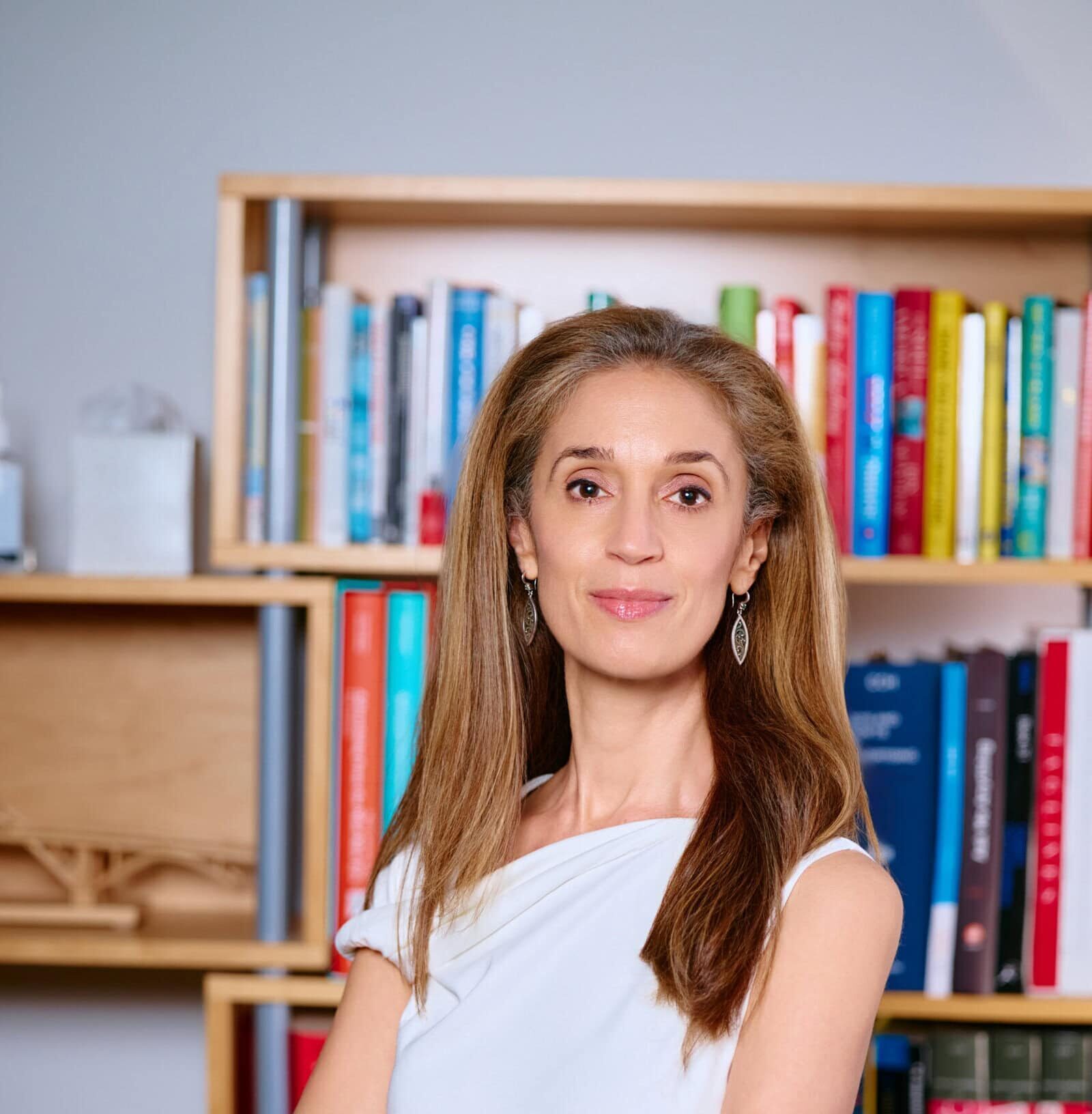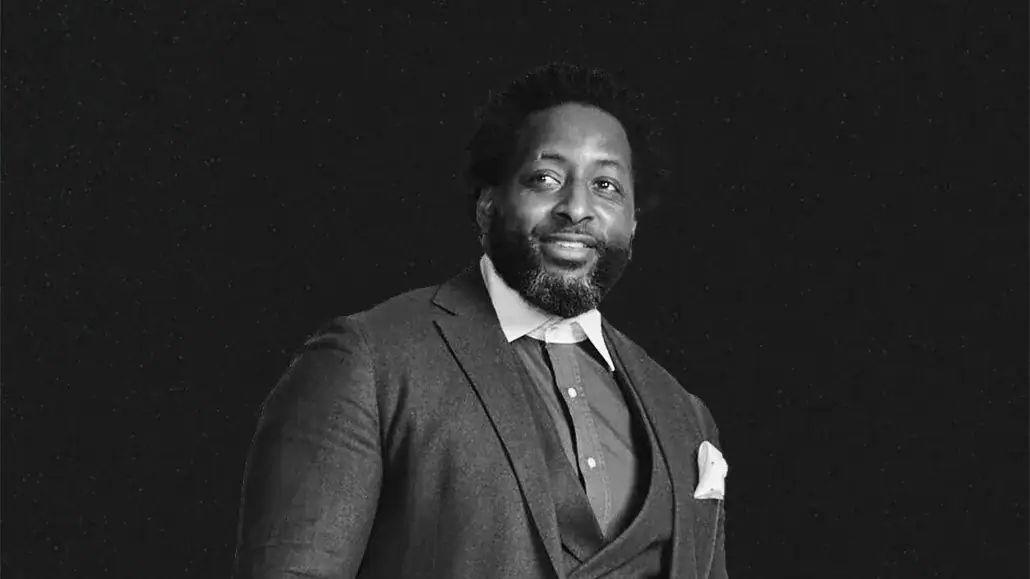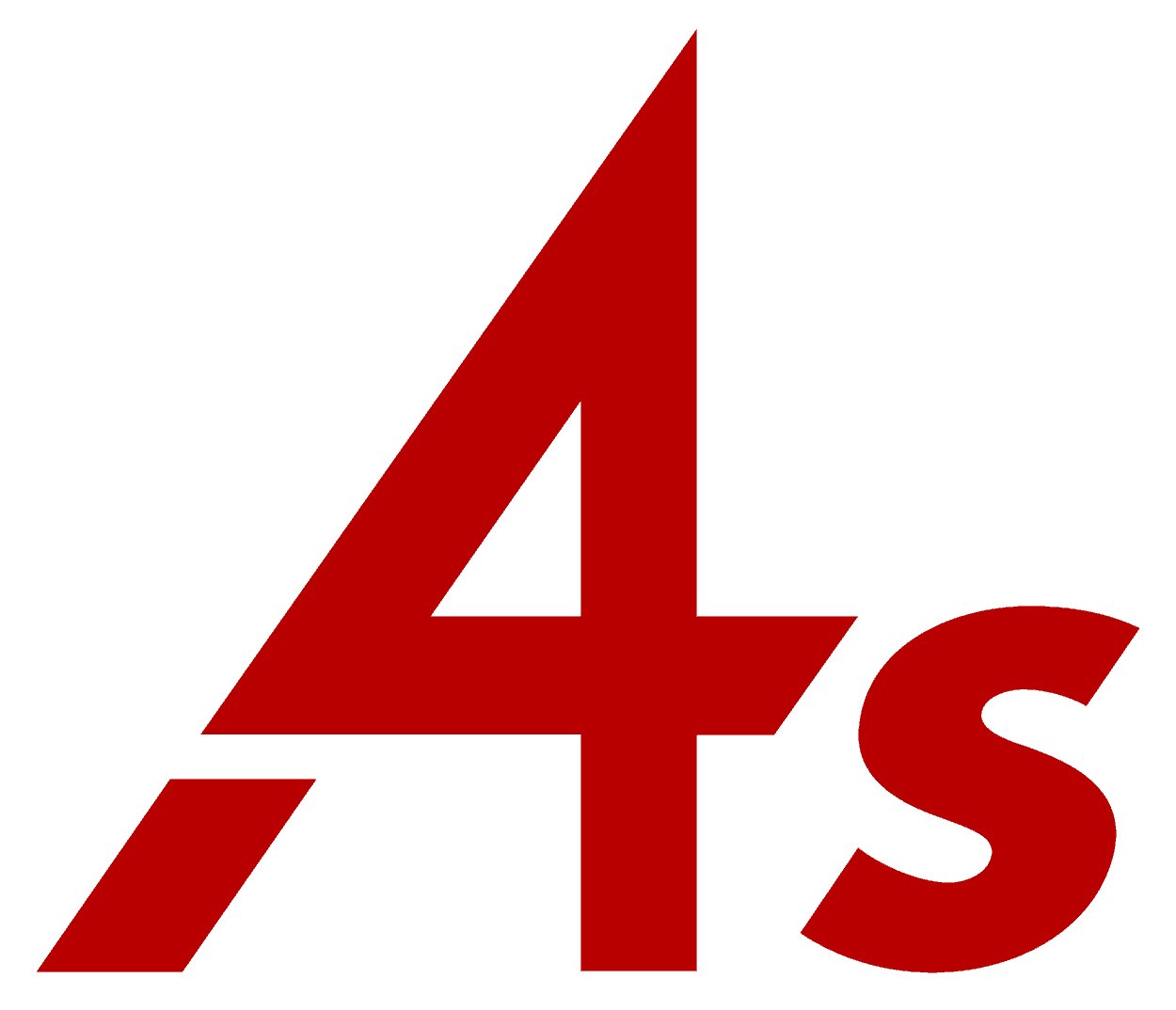Topic
- Strategy
David Morrissey
Director of Strategy
Camp + King
Strategic planners are asked to constantly evaluate broad cultural trends, new directions within industry verticals, and shifts in consumer demand, and then to apply that learning to counsel and predict what’s best for their client’s businesses.
It’s only natural we do the same for our own industry on occasion—and this got me thinking about what it actually means to be a strategist in 2020.
So, I tapped some of the brightest planners I could find to share their thoughts on how the role of strategic planning has evolved, how client expectations have shifted, and what the outlook for our profession is. To do that, I asked them all one, simple question: What does it mean to be a strategist in 2020? These were the themes that surfaced.
Faster, faster toward fragmentation
Increasingly, the expectation of strategists is to cut the time associated with planning processes and strategy development—sometimes entirely—without having an adverse effect on the impact of the final work. Oh, and to determine how best to use every possible media channel and adtech platform to broadcast one’s message, even as those channels further splinter and fragment to infinity.
*Ed Cotton, Consultant and former Chief Strategy Officer at Butler, Shine, Stern & Partners; New York, NY
“Unbelievable pressure to deliver with one arm tied behind your back. Planning shouldn’t be about looking stuff up on the Internet and building a deck from it, but it seems like that’s increasingly what is being done because of scant time and bandwidth.”
*Kevin Peaslee, Strategy Director at MRM//McCann; Salt Lake City, UT
“I’d say these days it means everything and nothing at all [to be a planner in 2020]. Everything because the focus of all things business now is squarely on the planner’s raison d’etre: consumers (or, better yet, people). It’s also everything because of the mind-melting complexity—the data, the super-targeted segmentation, the gazillion channels, whatever. And uber-talented strategists are most likely to succeed in not only understanding and navigating through all of that, but also finding the best way to make it work. Nothing because it’s no longer clear what a strategist even is, at least in the agency world. Are they planners or are they jack-of-all-traders thinkers? Are they critical to making all of this work, or merely deck jockeys? Are they researchers or are they Googlers? Do you want someone who’s empathetic and good with creatives or a quasi-McKinsey consultant with a fancy MBA?”
*Miguel Gonzalez, former VP Group Strategy Director at Critical Mass and Group Strategy Director at Havas; Chicago, IL
“Attending a firefight with a machete.”
Everyone’s a ‘strategist’—meaning that true strategists must also be excellent executors
Today, a quick LinkedIn search for “strategist” in your city might boggle your mind—or at least make for a Liz Lemon-style eye roll. Everyone wants a piece of this action, even those who lack any sort of formal training or meaningful experience in developing communications or brand strategies, making it more challenging and more critical to distinguish one’s self from the pack.
*P. Ryan Wilson, Consultant and founder of Axe and Tiller Brand Strategy; Boston, MA
“Now I see all kinds of freelance agency folk from other areas throwing ‘strategist’ in their title to make themselves more marketable. One of the challenges as an independent is making sure the people who actually do the work aren’t confused with the people who were in the room when it was presented.”
*Dirk Reinhardt, former Driver Marketing Strategist at Uber and Strategy Director with SapientRazorfish, Intouch Solutions, and DigitasLBi; Chicgao, IL
“As marketing has evolved, the word ‘Strategy’ has been claimed by more and more disciplines, so its meaning has been altered. All those disciplines or stakeholders are strategic, too. So now there are Strategists of every stripe—Business, Social, Brand, Media, Data, CRM, Creative, and so on. That said, someone still needs to rally those stakeholders behind a shared idea and vision, and stitch the sub-strategies together to an overarching plan.”
The brand is the product, the product is the brand
One thing I noticed quickly when I landed in the San Francisco market is that many tech company and start-up marketers consider “brand” to be a dirty word. This is entirely reasonable when you think about the pressures start-up leaders face to ideate, test, iterate, and bring a product to market at breakneck speeds, all while investors vocalize their impatience from the sidelines. The argument is it’s just not worth it to prioritize the long-term value of brand development over the short-term need for demand creation for the product.
Recently, this thinking has further permeated much larger companies, too. As planners, we must recognize this expectation and shed light on the importance of brand building, without seeming like we’re stubbornly digging in our heels.
*Mathilde Yvert Rankin, Strategy Director at Firewood Marketing; San Francisco, CA
“Reconciling brand building and experience design in the digital, short-term, experience design era, dominated by tech biz platforms that do not think of brand, but product marketing.”
*Jonah Bloom, CMO of Kinship Systems, former Chief Strategy Officer of KBS and Editor of Advertising Age; New York, NY
“It means you are an invaluable asset, IF: a) You have a good grasp of business—or at least the category in which you are operating—because the landscape will define what is probable or possible. B) You have a good grasp of marketing as a whole. Not just brand, but also channel, and product/service experience, because they’re interrelated and can’t be successfully isolated today… IF not, being a strategist is going to mean a lot of struggling and stressing.”
Swim upstream + rethink the way we brief
If you’ve read just about any thought leadership piece from an agency strategist in the last five years or so, chances are it talked about the need to swim further upstream or to gain a seat at the client’s executive leadership table in an effort to provide additional value to them.
It’s tough to argue with this logic, but coming from the agency side, it’s always felt a little self-serving. Luckily, there’s a growing recognition of the need for agencies to evolve our collective approaches to briefings. That is to say, that yes, there is real value in us in butterfly-stroking our way up the stream to help our clients identify and exploit opportunities—but only if we’re able to then translate those opportunities into creative or experiential output with immediacy and at scale. Arguably, this is the full promise of the comms planning specialization, which hasn’t been realized. It begs for the love-child of something like Ogilvy’s Big ideaL framework and BBDO’s Get/To/By brief to translate a big picture opportunity into more of a photomosaic of hundreds of executions.
*Terra Reilly, Start-up founder and former VP Director of Marketing Technology Strategy at MRM//McCann; Salt Lake City, UT
“The single-minded premise has been drowned by the age of testing. Briefs have to evolve accordingly.”
*Sara Cobaugh, Head of Strategy at Butchershop; San Francisco, CA
“Ten years ago the narrative I heard most often was that the the single most important role of the strategist was to help make the creative work stronger. Now, I see fewer briefs for campaigns and one-offs, and more opportunities upstream for creative problem solving together with client partners. I think it’s a natural shift for strategists because this is fundamentally core to how we think, but I’m most interested to see how the role for creatives evolves alongside us.”
*John Kenny, Chief Strategy Officer at FCB Chicago; Chicago, IL
“The best use of your time is selling clients on the power of creativity to solve business problems versus selling clients on individual creative briefs. The latter bills hours, the former builds equity.”
Be a shapeshifter
In soliciting these opinions, perhaps the most striking thing was this: despite the obvious challenges strategists face in 2020, there’s an abundance of passion and optimism within the discipline—largely because the fundamental worth of a planner remains the same. What’s changed (as I heard phrased in various ways), is the need and ability to shapeshift.
*Graceann Bennett, Founder and Chief Strategist at Playbook Studio, former head of strategy at We Are Unlimited, M&C Saatchi New York, Ogilvy + Mather Chicago, and Leo Burnet; New York, NY
“Strategy has more value than ever, but just needs to shapeshift to fit client needs. So, the trends that I am seeing (no big surprises) are a shift to in-house agencies, the ability to work with virtual teams, strategists working as creative directors or shifting in that direction, while also playing a bigger role on the business side of things. It is a great time to be a strategist or planner—it keeps on getting more interesting and the skills are infinitely transferrable.”
*Phil Koesterer, SVP, Planning Director at Edelman; Chicago, IL
“I used to think of the role of the planner as being the one who brings or keeps reality in the room… but now that we all live in our own individual realities, it’s about finding where those realities intersect.”
*Pushpa Gopalan, EVP, Strategy Director at Leo Burnett; Chicago, IL
“My favorite description of a strategist/planner is a pathfinder… Ultimately, it’s about finding untrodden solution pathways. They’re harder and harder to find, but it’s one of the most valuable things we can provide—shine a light on the right problem to solve and help a creative problem-solving team see a path [forward].”

David Morrissey is the Director of Strategy at Camp + King, a creative agency with offices in San Francisco and Chicago. Camp + King is dedicated to making brands more Conversationworthy and has twice been named to Ad Age’s Small Agency of the Year list.
Related Posts


12/17/2025
Media Buying Briefing: How the 4As’ Justin Thomas-Copeland is Updating the Org’s Mission

12/17/2025

